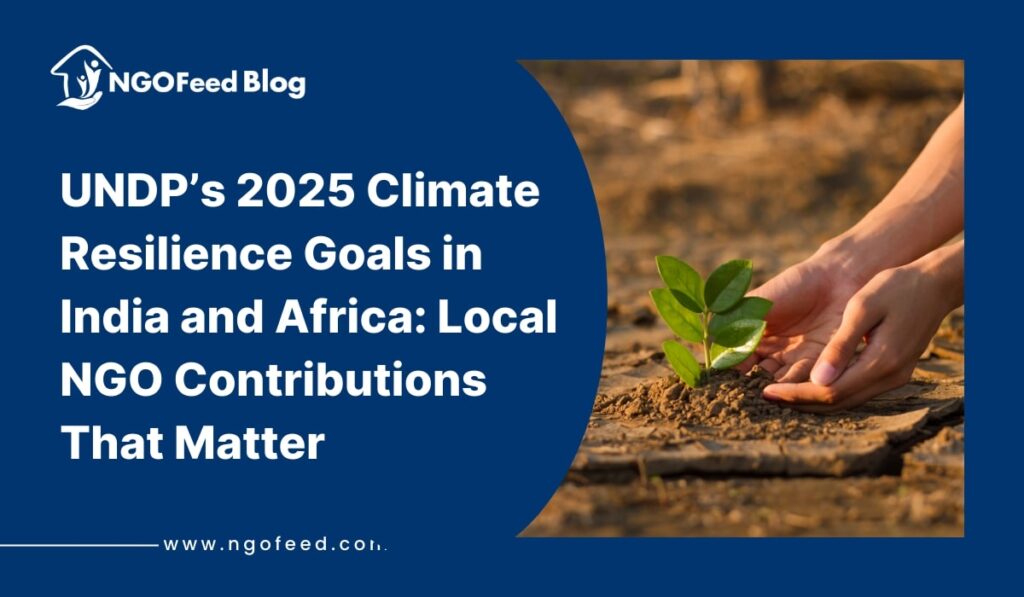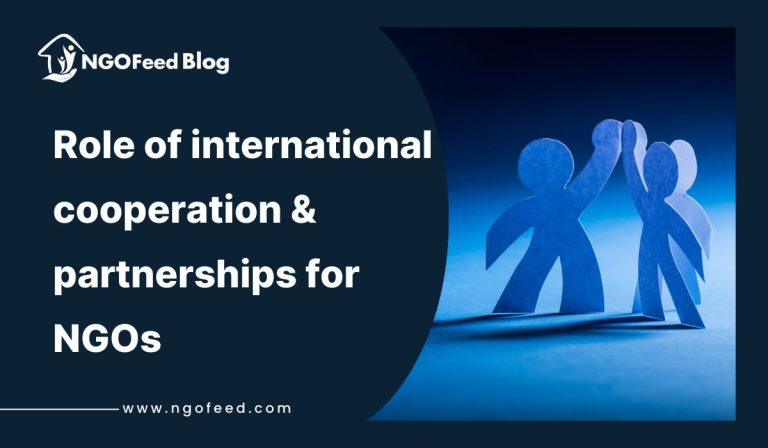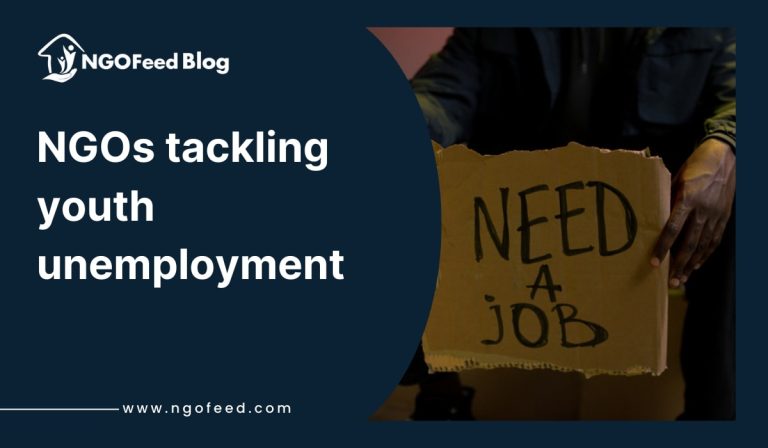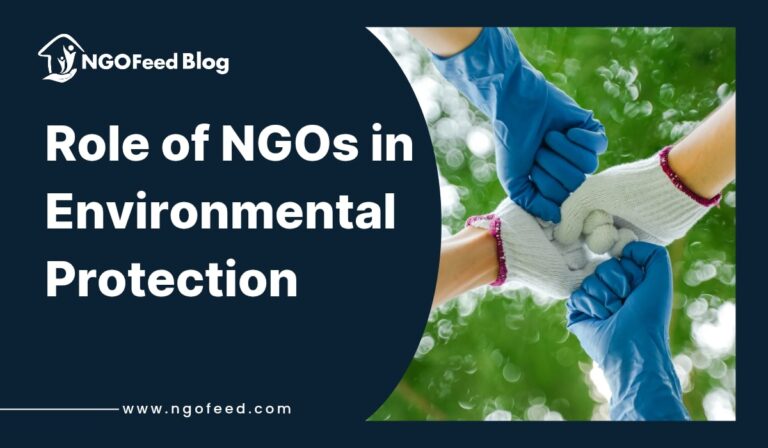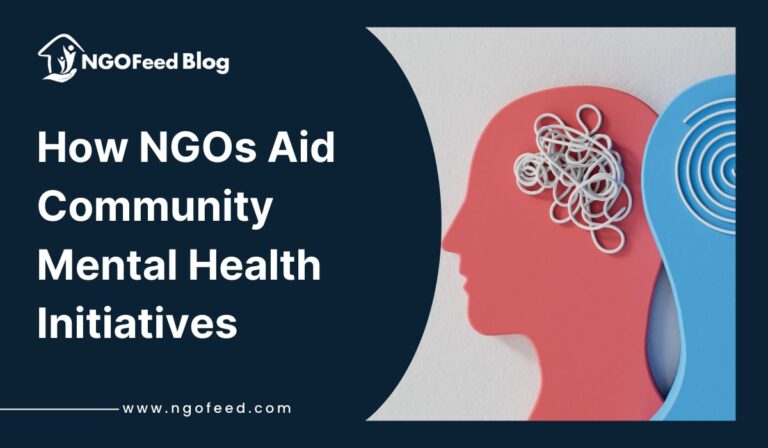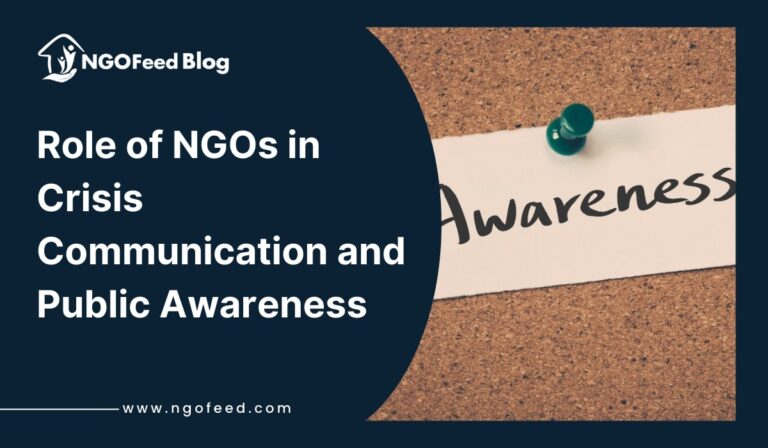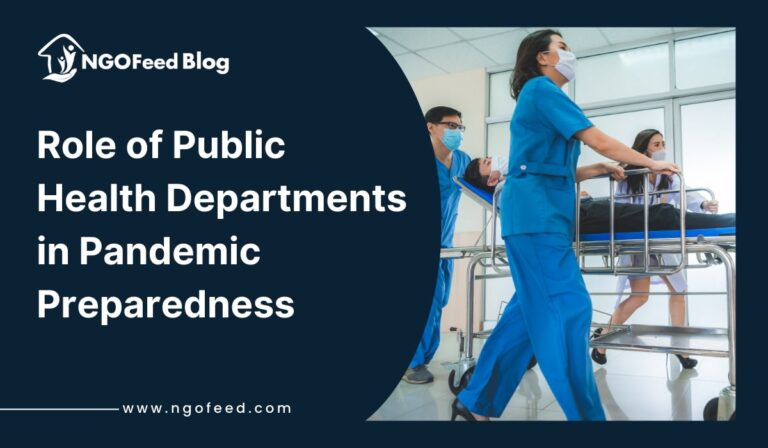UNDP Climate Resilience Goals in India and Africa: One of the most pressing issues of the twenty-first century, climate change is disproportionately impacting underprivileged communities throughout the Global South. Millions of people in India and Africa reliant on climate-sensitive industries like agriculture, fishing, and forestry are especially at risk from droughts, cyclones, floods, and intense heatwaves. Understanding these dangers, the United Nations Development Programmed (UNDP) has given climate resilience top priority in its Strategic Plan 2022–2025 by means of integrating adaptation into national development frameworks, unleashing sustainable financing, and empowering local communities.
Local nonprofits take on even more importance as the 2025 benchmark gets nearby. These groups are the connective tissue linking grassroots realities with global policy goals by way of context-specific actions. Achieving climate resilience targets in India as well as Africa depends critically on their contributions through field research, vulnerability assessments, and programmatic interventions.
Table of Contents
UNDP Climate Resilience Agenda for 2025
UNDP’s three main pillars of climate resilience are:
- Integrating catastrophe risk reduction and mainstreaming adaptation into development planning.
- Gathering funding for natural-based solutions, environmentally friendly livelihoods, and risk transfer systems.
- Enhancement of local governance and community-led resilience networks.
In India, projects like the Green Climate Fund-backed ecosystem-based adaptation program in coastal states—which merges mangrove restoration with climate-resilient livelihoods—define this agenda. Similarly, state partnerships like the one with Uttar Pradesh underline the increasing focus on risk-informed urban planning and disaster readiness.
UNDP’s Resilience Hub in Nairobi manages a portfolio of adaptation and disaster risk reduction initiatives in Africa covering agriculture, water security, and governance. Programs like the Climate Information and Early Warning Systems (CIRDA) make sure smallholder farmers get practical weather and climate recommendations, therefore turning data into lifesaving and income-sustaining decisions.
Also Read: UNDP India Research on Poverty Reduction and Climate Change Adaptation
UNDP Climate Resilience Goals in India – Vulnerability Indices as Planning Tools
Both UNDP and local nonprofits use multi-level vulnerability indices to give priority to interventions:
Cross-country assessments of climate sensitivity and readiness are available from indices like the ND-GAIN Index and INFORM Risk Index, among others.
On a national and sub-national scale, the Climate Vulnerability Index created by CEEW pinpoints at-risk areas like those in Assam, Bihar, and Maharashtra. African countries are becoming more and more identifying vulnerable ecosystems and means of life by combining local indicators with worldwide standards.
Community level: Participatory risk assessments and household-level scorecards let NGOs complement macro data and guarantee that programs reflect local realities, including women’s workloads, access to water, or the availability of early-warning information.
Using data from world indexes, country dashboards, and local surveys, NGOs can provide evidence-based initiatives that are consistent with UNDP’s resilience frameworks.
Field Research: Gathering Local Facts
Through field research approaches that produce detailed, actionable insights, NGOs make a major contribution:
- Household polls include information on gendered vulnerabilities, access to credit, crop losses, and climate shocks.
- Employing community mapping, risk timelines, and seasonal calendars to emphasize lived experiences through participatory rural appraisals (PRAs).
- Evaluating the feasibility of climate-resilient crops, aquaculture methods, or eco-tourism businesses helps in market linkage research.
- Early-Warning Audits: Assessing the accessibility, language, and timeliness of disaster warnings.
- This kind of fieldwork not only increases community involvement but also guarantees that UNDP-backed projects stay demand-driven rather than top-down.
Local NGO contributions to the carrying out of programmers
Lifestyles Based on Nature and Climate-Smart Livelihoods
NGOs have pioneered community-led mangrove nurseries and crab farming projects in India’s coastal areas that offer both environmental reclamation and long-term income.
Grassroots organizations in African drylands support millet revival, farmer-managed natural regeneration, and solar-powered irrigation, so increasing resilience in drought-hit regions.
Dissemination of climatic data
Local organizations serve as mediators that turn complicated projections into practical recommendations sent via women’s self-help groups, radio networks, and mobile platforms.
Methods of Risk Financing
Microinsurance programs and resilience savings groups are being tested by community-based groups, hence lowering family vulnerability to climate catastrophes.
Inclusive Governance
NGOs promote women’s leadership in resilience planning to guarantee that adaptation approaches are socially inclusive and gender responsive.
UNDP Program Recommendations for 2025
- Link ecosystem restoration with value-chain growth by growing nature-based solutions in coastal and forest settings.
- By means of investments in information and communication technology, community radio, and local-language alerts, improve last-mile delivery of early warning systems.
- Connect savings groups and cooperatives to parametric insurance programs to include risk financing into community frameworks.
- Institutionalize District/City Resilience Compacts aligned with state disaster management plans and city budgets.
- Encourage gender-transformative adaptation models and guarantee that women and young people are at the core of decision-making and profit-sharing.
Also Read: The Role of Greenpeace India in Environmental Research and Advocacy
Progress Monitoring: Important Indicators
To gauge development according to UNDP’s results framework, nonprofits should concentrate on:
- Percentage of homes adopting at least two climate-smart behaviors.
- Lead time between early-warning dissemination and community action.
- Number of hectares of protected or rehabilitated ecosystems.
- Insurance or savings strategy adoption among needy homes.
- Inclusion of climate-resilient strategies in municipal or district budgets.
UNDP Climate Resilience Goals in India – Role of Local NGOs in Climate Resilience
Although UNDP offers strategic direction, local NGOs are the implementers, innovators, and community mobilisers for climate adaptation. Their contributions are especially important in four major areas:
local knowledge integration with field research
Participatory vulnerability assessments carried out by NGOs supplement macroindexes. For instance, NGOs in Odisha, India, have mapped community-level flood hazards including indigenous knowledge of water patterns. Local NGOs in Kenya, like the Green Belt Movement, incorporate women’s environmental expertise into reforestation projects. This combining of local knowledge with scientific investigation increases the value of climate resilience initiatives.
Capacity Building and Knowledge
Training communities to embrace climate-smart habits depends much on non-governmental organizations. In India, the nonprofit SEWA (Self-Employed Women’s Association) has taught female farmers drought-resistant crop species and water-saving irrigation systems. Organizations like Practical Action have brought better cookstoves and renewable energy systems to Africa to lessen reliance on wood driven by deforestation.
Also Read: International Rescue Committee Research on Refugee and Migrant Support in India
Community Mobilization and Policy Advocacy
NGOs serve as bridges between governments and local people. In India, for instance, the Watershed Organization Trust (WOTR) promotes sustainable water management strategies; in Africa, groups like the African Women’s Development and Communication Network (FEMNET) support gender-responsive climate adaption policies.
Innovation in Adaptive Models
NGOs often try modest projects that later guide larger UNDP and government initiatives. One famous technique for climate-smart agriculture, promoted by NGOs, is the “Farmer Field Schools” paradigm in East Africa.
Case Studies: African and Indian Contributions of NGOs
Case Study 1: Watershed Management in Maharashtra, India
The Watershed Organization Trust has started watershed development projects combining climate adaptation techniques. Field data showed lower groundwater levels and more frequent droughts. WOTR has increased crop yields, lowered vulnerability, and improved water availability by means of afforestation, rainwater harvesting, and soil preservation. These results have affected UNDP-supported initiatives in semi-arid India.
Case Study 2: Kenyan Community Forestry
Nobel laureate Wangari Maathai started the Green Belt Movement, which offers a model of community resilience in the face of climate change. By means of forest restoration and tree planting, the NGO has not only reduced carbon emissions but also increased community resilience against drought and soil erosion. UNDP has recognized the model’s success and incorporated insights from it into more general African resilience efforts.
Also Read: CARE International Studies on Women Empowerment and Livelihood in Rural India
Case Study 3: Women’s Leadership in Climate Action in Africa and Bangladesh
Though not from India, Bangladesh provides a relatively insightful example. Among the biggest NGOs in the world, BRAC has tested community resilience initiatives empowering women in flood-prone regions. With groups like FEMNET advocating women’s leadership in climate governance, comparable methods are now used in African settings. The cross-pollination of ideas throughout countries shows how NGOs could influence the worldwide best practices.
Field Research and Vulnerability Indexes: Complements
UNDP uses indexes including the Climate Vulnerability Index (CVI) to pinpoint areas at risk. Indices run the risk of ignoring, however, socio-cultural dynamics, power dynamics, and micro-level differences. NGOs provide a more detailed knowledge of local conditions through fieldwork. In rural India, for instance, vulnerability could concern caste-based limitations on access to water in addition to exposure to drought. Equally, in Africa, ethnic conflict, insecure land tenure, or gender discrimination could define vulnerability. Local studies by NGOs guarantee that adaption methods are context-sensitive and fair.
Difficulties Local NGOs Are Dealing With
- Local organizations face several hurdles despite their vital importance:
- Dependency on short-term donor initiatives erodes continuity by restricting funding.
- Many NGOs lack technical competence in climate modeling and adaptation science, therefore limiting their capacity.
- Political Barriers: Bureaucratic obstacles, such as India’s FCRA restrictions, restrict NGOs’ access to international funding.
- Scaling Challenges: NGOs are good at local solutions, but extending these over greater areas is still difficult.
- These constraints point up the necessity for governments, UNDP, and NGOs to develop more close ties.
Advice for Enhancing NGO Contributions
- To guarantee program continuity and capacity building, UNDP should develop long-term partnerships with local NGOs.
- NGOs should be educated in cutting-edge climate science, vulnerability mapping, and digital technologies for adaptation monitoring.
- International organizations should provide multi-year funding to lessen reliance on project life.
- South-South cooperation made possible by UNDP would help India and African countries as NGO’s share best practices across areas.
- NGOs should make sure marginalized voices—especially women, indigenous people, and the poor—stay at the center of climate resilience planning.
Also Read: Research by ActionAid India on Women’s Rights and Social Inclusion
UNDP Climate Resilience Goals in India – Conclusion
UNDP’s 2025 climate resilience goals for India and Africa represent a vital step toward addressing one of the greatest challenges of our time. Yet the success of these goals depends not merely on global strategies but on their local translation and implementation. Local NGOs, through field research, vulnerability assessments, and community mobilization, have demonstrated their capacity to drive meaningful change. They serve as the crucial link between global frameworks and grassroots realities. Strengthening their role through institutional support, capacity building, and funding mechanisms will not only accelerate progress toward UNDP’s goals but also ensure that climate resilience is socially just, sustainable, and inclusive.
Work Cited
African Climate Policy Centre. Climate Change and Africa’s Development. UNECA, 2022.
Green Belt Movement. “Our Work.” The Green Belt Movement, 2023, www.greenbeltmovement.org.
Indian Institute of Technology, Guwahati. Climate Vulnerability Assessment for Adaptation Planning in India. Ministry of Science and Technology, Govt. of India, 2021.
Practical Action. Climate-Smart Solutions for Africa. Practical Action Publishing, 2022.
UNDP. UNDP Climate Promise: 2025 Goals. UNDP, 2023, www.undp.org.
Watershed Organization Trust (WOTR). Climate-Resilient Agriculture in India. WOTR, 2022.
Also Read: Research Insights from the International Labour Organisation (ILO) on Child Labour in India
Frequently Asked Questions (FAQs)
Q1. What are UNDP’s primary climate resilience goals for 2025?
UNDP aims to strengthen vulnerability assessments, expand nature-based solutions, enhance food and water security, promote inclusive governance, and invest in digital climate data systems.
Q2. Why are India and Africa focal points for climate resilience efforts?
Both regions are highly vulnerable to climate change impacts due to dependence on agriculture, poverty levels, and ecological fragility. They also host large populations that can benefit from scalable resilience strategies.
Q3. How do NGOs support UNDP’s goals?
NGOs mobilize communities, implement climate-smart agriculture, build disaster preparedness systems, and integrate local knowledge with scientific data to create sustainable solutions.
Q4. What role do vulnerability indices play?
Vulnerability indices identify at-risk populations and regions, helping NGOs and governments prioritize interventions, allocate resources, and measure resilience progress.
Q5. What recommendations can improve UNDP-NGO collaboration?
Integrating traditional knowledge, expanding NGO financing, investing in data systems, promoting South-South cooperation, and focusing on women-led resilience initiatives can strengthen outcomes.

